Glad to see me?
'Reservation Dogs,' 'Star Trek: Strange New Worlds,' 'Only Murders in the Building,' and much more accompanies your author's return to action
This week’s What’s Alan Watching? newsletter coming up just as soon as I add a zombie movie to my research…
I’m back
As promised when we last we spoke, I needed some time off to tend to real-life stuff, so it’s been a couple of weeks since the most recent newsletter. I’m someone who generally likes to let his private life play out in private, so all I’ll say is that I’ve spent the last year and a half dealing with a serious health issue that I hope my latest stint in the hospital will be the beginning of the end of.
Also, I doubt I will ever be in the mood to binge House.
So let’s get into it, with a longer-than-usual newsletter to make up for what I didn’t give you the last few weeks.
What’s Alan been writing?
I was able to work ahead on a number of reviews that ran while I was out. Let’s run through them quickly:
Eagle-eyed readers may recall that the email version of a newsletter from the end of June linked to my review of Dark Winds Season Two. Shortly after both the review and the newsletter were published, I realized that my eyes for some reason kept seeing June 27 every time I looked at the July 27 premiere date, and that we were a month early. I’d blame the health stuff, but this was just me being flaky. Regardless, Season Two is actually out now, and I really liked it — in some ways, more than the first season. Zahn McClarnon is just incredible.
I once wrote a book about a teenage drama when I was in my early 30s. (Have I mentioned, by the way, that I am revisiting The O.C. with a new oral history book, Welcome to The O.C., available for pre-order now? I feel like I should have mentioned it.) And many of my favorite series of all time have either been centered on teen characters or featured lots of great ones. I’m never one to outright dismiss teen/YA content as Not For Me, but there have definitely been shows in recent years where my bald spot began twitching so much that I just turned them off and moved on. What’s nice, though, is to be reminded that when something in this genre is working, it completely transcends demographics, shrinking the gap between the man I am now and the kid who was the same age as Brandon and Brenda Walsh on 90210. Which brings us to Netflix’s Heartstopper, whose second season delighted me almost as much as its first. It’s good when TV is good, but also when it doesn’t leave me feeling like the oldest man in the universe.
I liked but didn’t love Winning Time last year, but still found enough interesting weirdness to recap that first season every week. Season Two attempts to cover more ground (four NBA seasons versus one) in less time (seven episodes versus ten), and that compression really doesn’t play well with a series whose approach otherwise is always about thinking that more is more. It also very quickly runs out of new things to say about Magic and Jerry Buss, and Pat Riley is really the only main character to get a wholly successful arc this time around. But at least a character played by Michael Chiklis finally got to explain the “Dayenu” song for the Gentiles.
Finally, Only Murders in the Building Season Three premiered earlier this week. As I say in my review, the miracle of Season One is that it works as comedy, as mystery, and as character study. Season Two was still funny and poignant, but the mystery was utterly forgettable, while this year has a more engaging plot — and some excellent guest stars in Meryl Streep and Paul Rudd — to go with the increasingly deep dives into Oliver and company, but has largely stopped being funny. I still enjoyed what I’ve seen of the new batch, but there are some shows that just seem built to be great for only one season, even if they stick around well past that.
Reservation Dogs rides again
Aho, young warriors! The best television show of the past few years, FX’s Reservation Dogs, returned to Hulu last week for its third and (sigh) final season. I’ll be recapping every episode for RollingStone.com, and since they dropped two episodes last week, and I was also off that week, you’ve got bonus recappage already. Here’s my take on the smart double feature that began Season Three, and here’s what I had to say about this week’s incredible “Deer Lady.”
What a show, man. What. A. Show.
Return to Lonesome Dove (but not to Return to Lonesome Dove)
When you have as many extended hospital stays as I have of late, you become a master of finding ways to fill the time. But it varies depending on your physical and emotional state of being. I spent several visits, for instance, bingeing The O.C. as Welcome to The O.C. research — again, I wasn’t sure if you knew that it’s available for pre-order now — and on some trips have actually been able to get a little writing done, just as a distraction.
This time around, though, I couldn’t get my head into clearing various shows off the “Oh, right, I need to watch that at some point” pile, or even to a recent hospital pastime of checking classic films off a bucket list. Basically, what I had the mental energy for was to revisit things I knew well. Most of this was old movies from the Eighties and Nineties, and you can see much of what I’ve watched of late over on my Letterboxd. But one morning, I jokingly mentioned Lonesome Dove in a text to a friend, and then decided that I might as well rewatch the 1989 CBS miniseries adaptation of it. So I did (it’s on Pluto and Freevee at the moment, among other places), curious to see if it held up. Larry McMurtry’s novel, about two retired Texas Rangers leading a cattle drive from Texas to Montana, is among my very favorites, and the adaptation has long been looked at as one of the best things 20th century television produced. But how had it aged?
In some cases, not so well. The production values that once seemed so massive looked less impressive in the wake of how well TV now does spectacle. (Simon Wincer’s direction is functional at best, and the cinematography relatively flat.) Many of the characters are one-note, if that. (Danny Glover basically has nothing to do as the group’s big-hearted scout, Deets.) But by god, Woodrow, those performances! Robert Duvall has never been more charming than he was as the cantankerous Gus, Tommy Lee Jones rarely more stoic and pained than as Call, Anjelica Huston and Diane Lane so wonderful as women who have traveled very different paths in an era with limited options. McMurtry wrote the book in large part as a repudiation of the myth of the Old West, but he couldn’t help himself from allowing some of the larger-than-life elements to slip through. Bill Witliff’s script for the miniseries does a great job of balancing those two elements, allowing it to be an unsentimental deconstruction of the genre and a ripping yarn, in a way that doesn’t feel contradictory. The concluding chapter, where Gus sends Call on one last adventure that is both grand and completely stupid and harmful to others, is particularly effective in capturing that balance.
The success of the miniseries led CBS to rush a sequel, Return to Lonesome Dove, with Jon Voight replacing Jones, into production even though there was no McMurtry source material for it(*). (It’s pretty bad, and among the more shameless instances of a sequel trying to repeat the original as much as possible.) McMurtry was so annoyed with that, and with how people seemed to only be embracing the mythic aspects of the book, that he wrote an utterly brutal and bleak sequel, Streets of Laredo, in which terrible things happened to most of the characters who survived the original. Then he looped back to the beginning for a prequel, Dead Man’s Walk, that portrayed the young versions of our heroes as bumblers who were lucky to have survived at all. Eventually, though, his feelings towards the series seemed to soften, and the final novel, Comanche Moon, plausibly presents the adult Gus and Call as the legends they’re described as in the original book. All of these were of course adapted into miniseries, though Dead Man’s Walk aired on ABC before Comanche Moon headed back to CBS. Like the sequel and prequel books, none of the TV versions can live up to the original, but they have their moments. And it’s always fun to think about casting genetics, and how, say, Call can be played by Jones, Voight, James Garner, Jonny Lee Miller, and Karl Urban, while Gus can look like Duvall, David Arquette, or Steve Zahn.
(*) There was also a Return to Lonesome Dove spinoff, Lonesome Dove: The Series (or, in its second season, Lonesome Dove: The Outlaw Years), focusing on Ricky Schroder’s character Newt, now played by Scott Bairstow. For my purposes, the most interesting part of that is the presence of a young Kelly Rowan, who would eventually go on to play Kirsten Cohen on a show that I wrote a book about.
Also delightful about the rewatch was seeing lots of actors before they were well-known. I recalled, for instance, that this was an early Chris Cooper role. But I had no idea who Steve Buscemi was back in 1989, for instance, and was surprised to see him pop up here as a sketchy character who travels with Cooper’s wife for a while. And I couldn’t have been more stunned when Newt and his friends knocked on the door of a brothel and it was answered by none other than Character Actress Margo Martindale. This screencap is my gift to you.
Star Trek: Strange New Worlds catch-up
Finally, thanks to Comic-Con, three Strange New Worlds episodes dropped in my absence, on top of yesterday’s season finale. I had started to draft out capsule thoughts on all four, but instead it turned into a whole column about how wonderfully unpredictable this season was, and how it somehow kept reminding me of… Atlanta?!? (The idea makes sense to me, anyway.)
This is obviously a space for you guys to talk about Klingon Bunny Colvin (and/or Klingon K-Pop), Boimler fanboying all over the Enterprise crew, Christina Chong and Celia Rose Gooding’s impressive singing voices, baby Scotty, and more.
The one thing I couldn’t find room for in the column comes from the finale, which is that it felt really corny to have Christine Chapel be the only survivor on the Cayuga when Spock flew over there. Better to have her wake up with one or two Cayuga crewmembers who also survived thanks to force field fail-safes, even if the others wound up being killed by one of those terrifying Gorn soldiers. Also, speaking of the Gorn, I have to think that whenever we get the Season Three premiere, we’re going to find out that they’re not entirely the monsters La’an understandably sees them as. On multiple occasions, Pike brings up the idea of trying to see things from their perspective, and his ethos is the show’s ethos. Not sure how they’ll pull that off, exactly, given all we know about what they’ve done, but I suspect something more complicated is coming.
That’s it for this week! What did everybody else think?


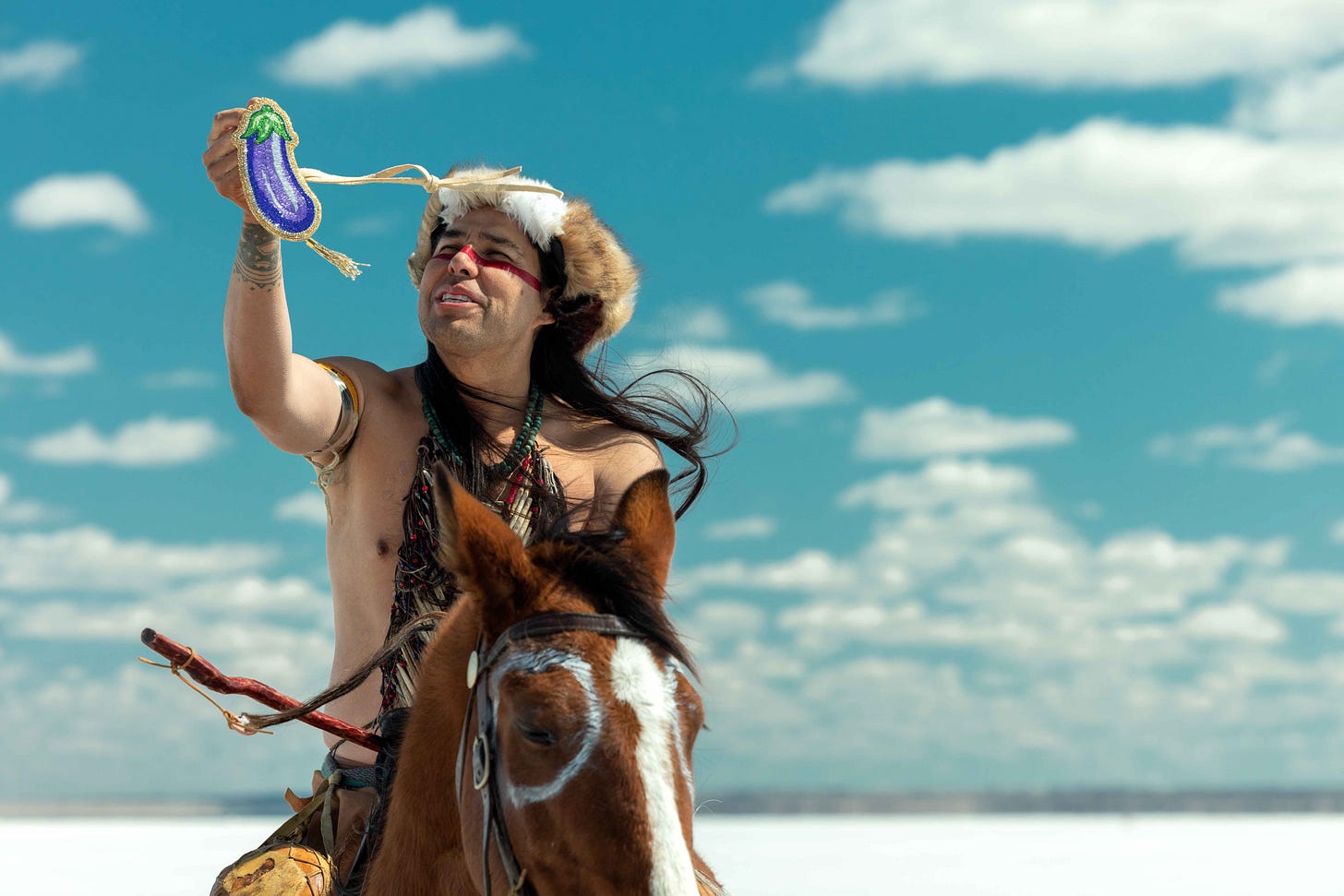


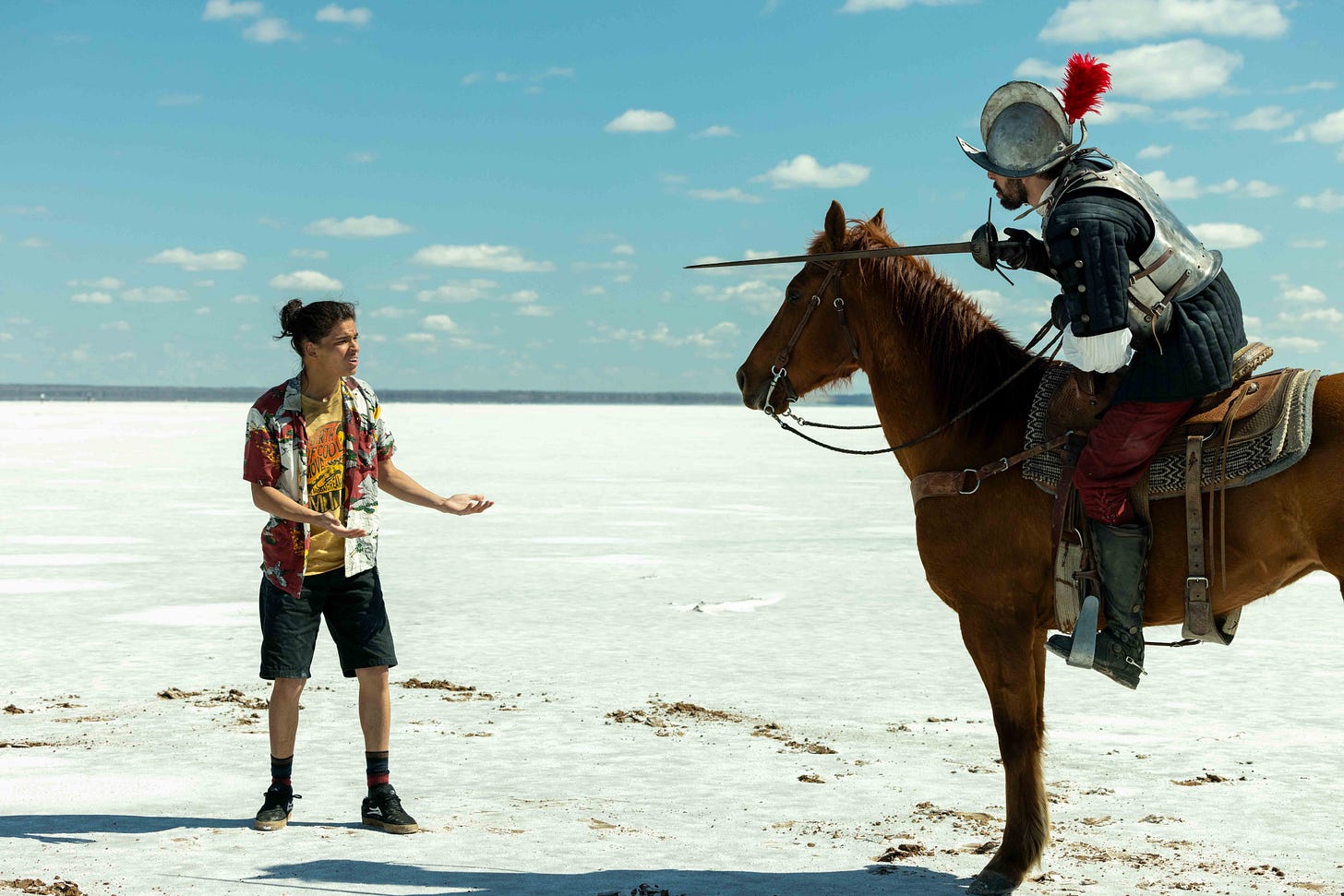

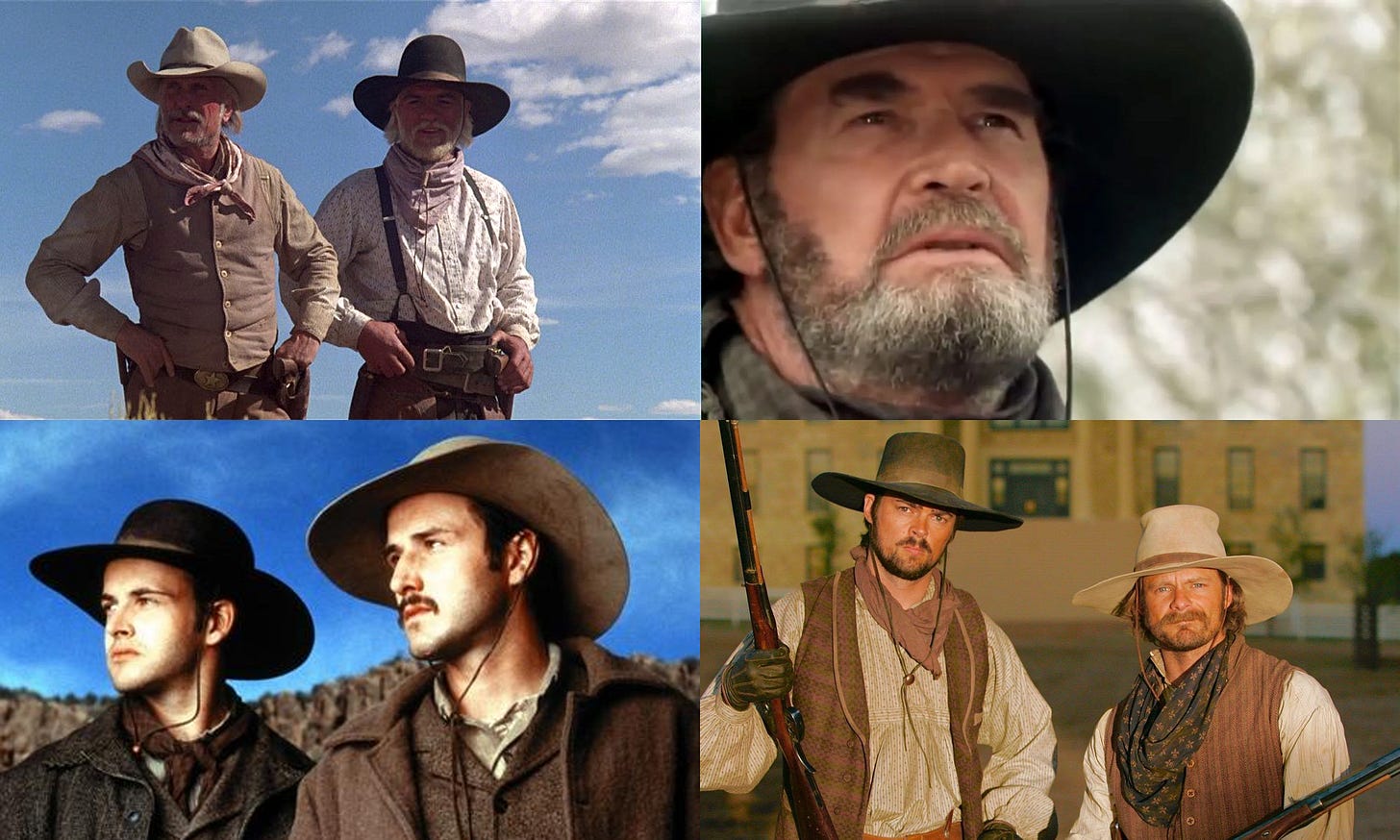
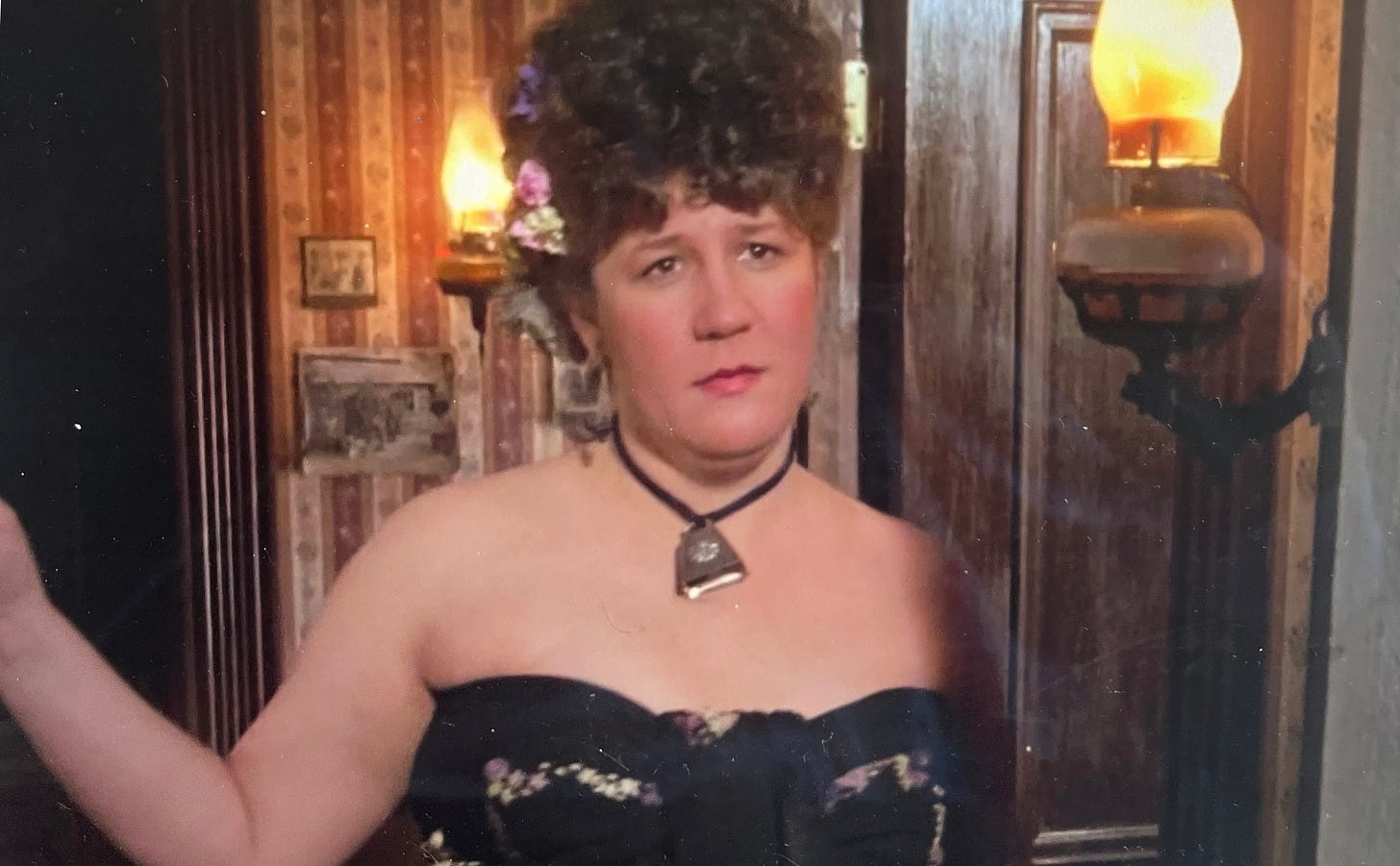
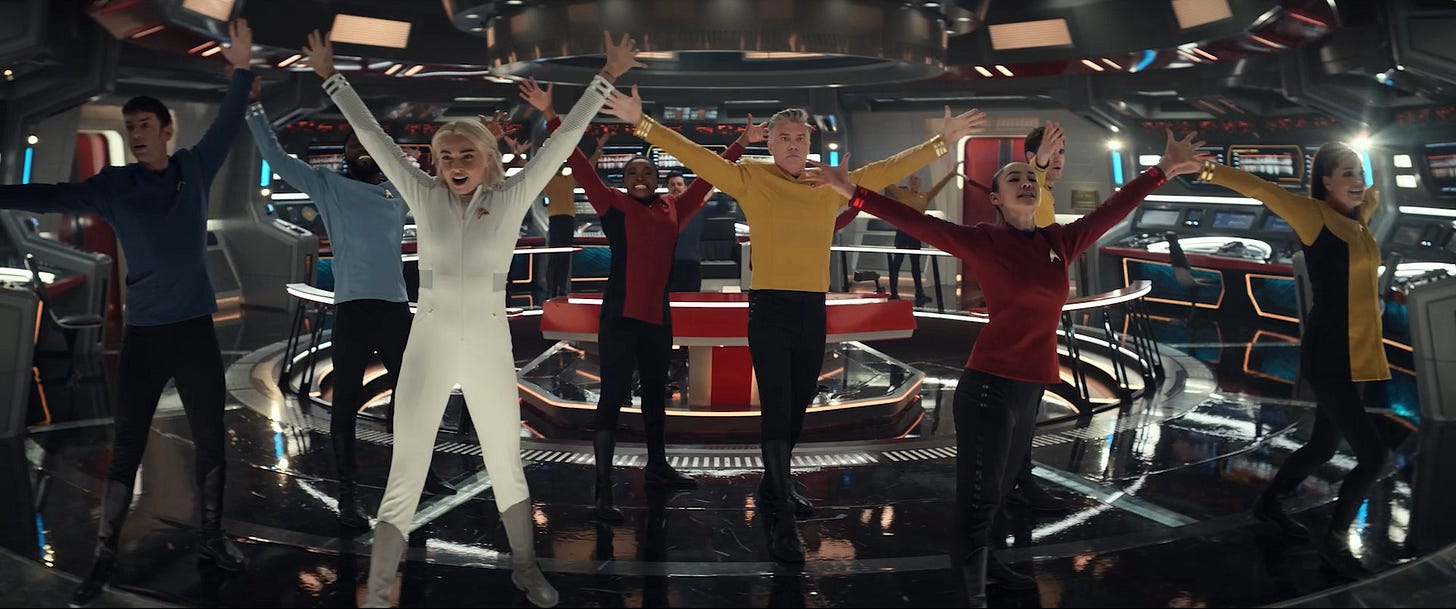
Yes, great to see you. Oh, wishing you the very best.
Thank you for talking about Lonesome Dove. Even though I was a teen when it came out, I braked and watched with my parents. I treasure that memory. Now they’re both gone, I think I’ll appreciate revisiting it even more and thinking fondly of their reactions to Gus & Call & the gang. (My new side patio old time band name I guess lol.)
I think you’re right about the Gorn and that isn’t just my ecology degree talking.
Speedy healing to you.
We are in fact glad to see you! Wishing you good health news. 🙏
Deer Lady was pretty incredible, and on the OC, the revisit timing is funny because I’ve had Chuck on in the background lately and after hearing you talk about Adam Brody it made me think about how Chuck felt like a continuation of that character in some weird ways